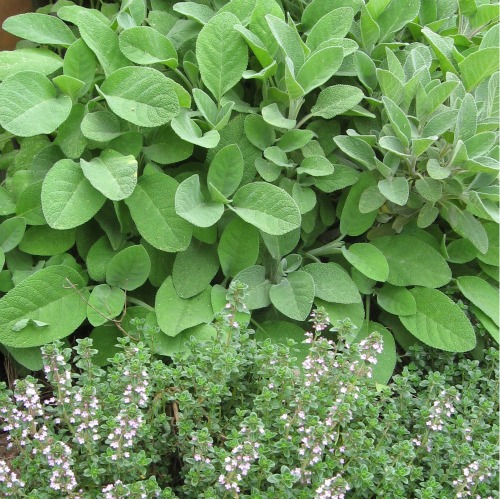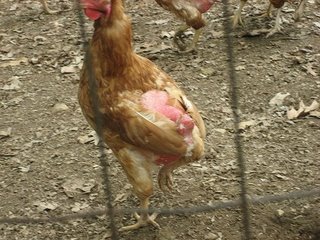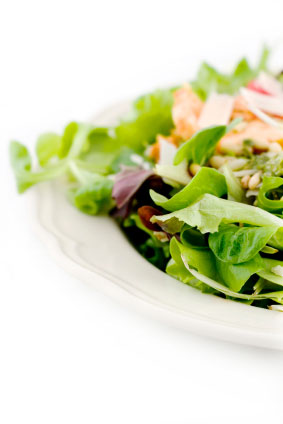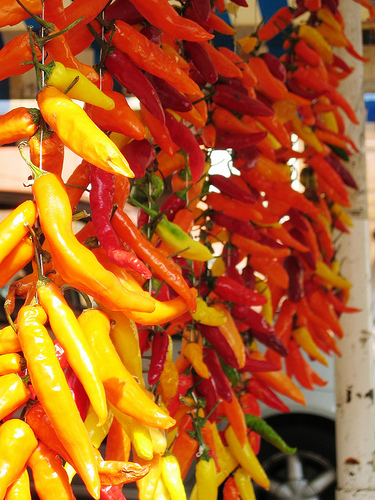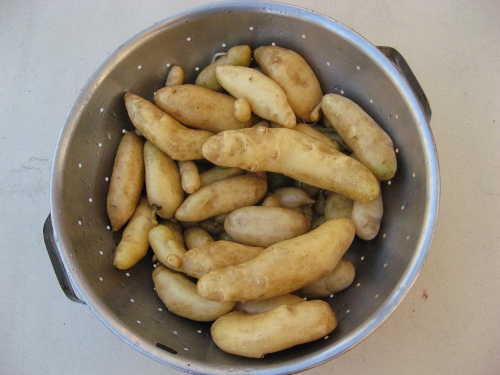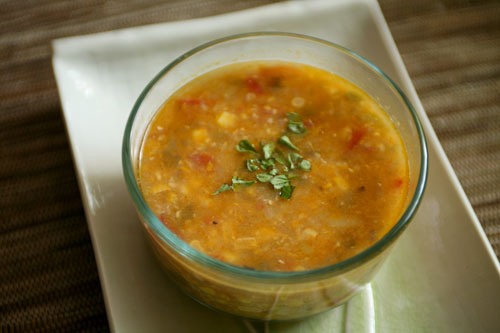I can’t say enough about the benefits of edible landscaping with herbs. A huge benefit for my husband and me is purely culinary: we love to cook. Fresh herbs are expensive at the grocery store and not always available. Having fresh herbs just outside our door for picking at a moment’s notice is a perk we have come to take for granted; hardly a day passes where I’m not out picking fresh rosemary, parsley, or tarragon, for our meals.
But there is another equally important reason for incorporating herbs into your edible landscape.

Companion Planting with Herbs
Herbs do double-duty in the garden. They are essential to the home chef, but they also contribute to a healthy garden ecosystem. Companion planting is the old (some say ancient) technique of planting certain herbs, vegetables, and other plants in close proximity so that one or both benefits from the presence of the other.
The benefits come through different mechanisms: through the root system by sharing nutrients, or through beneficial secretions, (exudate), by stimulating microbes or bringing nutrients up to the soil surface, attracting pollinators with flowers, and deterring pests through herbal scents.
Some benefits that have been observed are still mysterious, for example, the observation that basil improves the flavor of tomatoes when grown together. Companion planting can be complex and highly technical, but it can be distilled to a few basic herbs that will benefit your garden and kitchen.
10 Favorite Beneficial Garden Herbs
The following is a short list of popular culinary herbs that are reputed to be broadly beneficial in the garden. A good strategy would be to plant these in several spots near and among your vegetables. You’ll have to plan on semi-permanent locations (edges of planting beds) for the perennials which will grow year-round in climates with mild winters, or will die back and sprout anew in spring if protected from freezing. Try growing the annuals from seed; many of them self seed for the next year.
1. Basil (Ocimum basilicum)- an annual; companion to tomatoes, improves growth and flavor; flowers attract bees.
2. Borage (Borago officinalis)- an annual with edible blue flowers that attracts bees; companion to tomatoes, squash, and strawberries, and deters tomato worm.
3. Calendula (a.k.a. pot marigold; Calendula officinalis)- annuals and perennials; a good companion for tomatoes but is said to be good for the garden in general to deter pests, especially tomato worms and asparagus beetles. Flower petals are good in salads and used as an antiseptic in ointments.
4. Chamomile (Chamaemelum nobile)-a perennial; companion to cabbage and onions; the tea useful against “damping off”, a fungal disease.
5. French Marigold (Tagetes patula)- an annual; a garden standard for deterring pests, including nematodes; the Mexican marigold (Tagetes minuta)is toxic to many plants but highly effective against many nematodes).
6. Nasturtium (Tropaeolum majus)- an annual related to watercress with colorful edible flowers, leaves, and buds; use as a decoy for aphids, deters some beetles. Climbing and mounding forms (I prefer the mounding type).
7. Oregano (Origanum vulgare)- a perennial; highly aromatic;has beneficial effect on surrounding plants.
8. Rosemary (Rosmarinus officinalis) – a highly aromatic woody perennial with bush or sprawling forms; in mild climates will grow all year-round and the small blue flowers attract bees and provide forage in winter; deters cabbage moths, bean beetles.
9. Tarragon (Artemisia dracunculus)- a frost tender perennial herb; mulch during winter; beneficial throughout the garden.
10. Marjoram (Origanum majorana)- a perennial that has a beneficial effect on surrounding plants, and improves flavor.
See the following reference for more information on companion planting (used as a reference for this post):
How to Grow More Vegetables, Jeavons, J., 7th ed., Ten Speed Press, Berkeley, CA., 2006
Photos: Urban Artichoke

